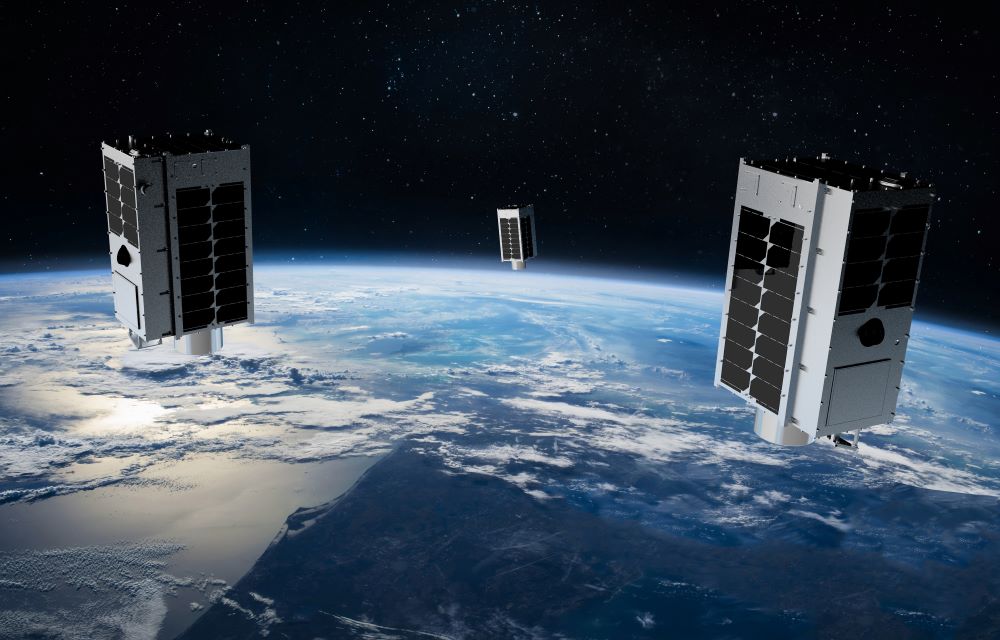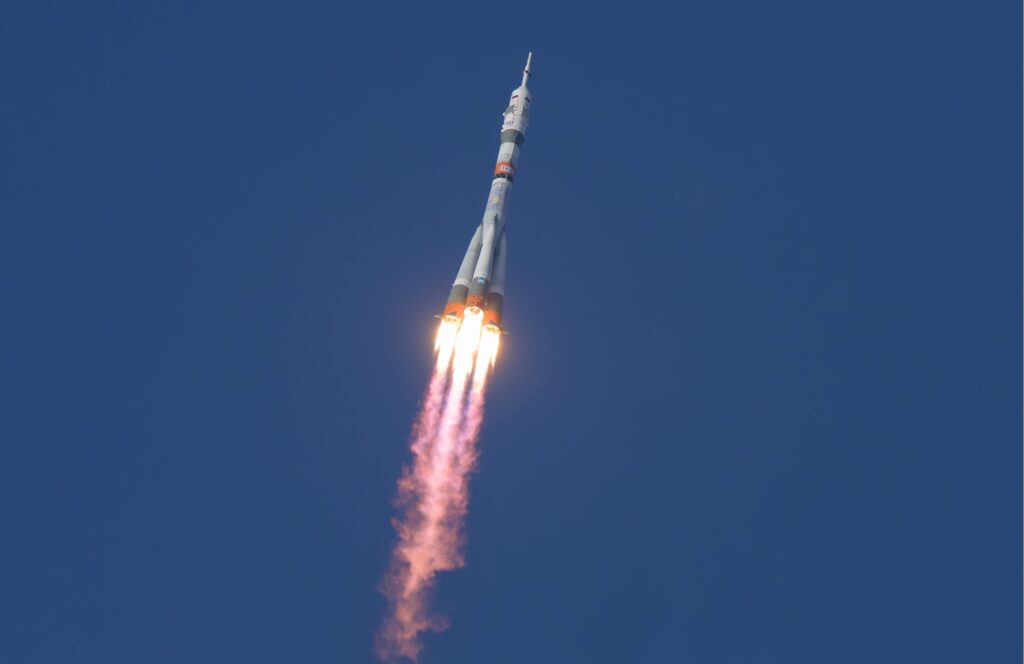Now Reading: GHGSat continues to expand its methane-monitoring constellation
-
01
GHGSat continues to expand its methane-monitoring constellation
GHGSat continues to expand its methane-monitoring constellation


SAN FRANCISCO – GHGSat announced plans Nov. 7 to send two additional satellites into its greenhouse-gas-monitoring constellation.
Ahead of the 30th Conference of the Parties to the United Nations Framework Convention on Climate Change in Brazil, the Montreal-based GHGSat is preparing to expand its methane-monitoring constellation from 12 to 14 satellites.
“With a constellation of this size, we’re able to monitor industrial sites at an unmatched daily cadence and alert operators about emissions at their sites within hours,” Stephane Germain said during a Nov. 5 press briefing. “We work in direct collaboration with industry leaders, including Saudi Aramco, Petrobras, Total and Chevron, to name just a few, to help them drive methane reductions. Armed with GHGSat data, operators have been able to mitigate more than 20 million tons of carbon dioxide equivalent to date, equivalent to taking 4.6 million cars off the road for a year.”
Energy producers work with GHGSat because methane leaks can be costly.
“When we translate the methane emissions in 2024 into potential revenue, we find that these emissions are worth hundreds of millions of dollars to the oil and gas industry, revenues that the industry can realize by keeping methane in the pipe,” Germain said.
“If that methane had been turned into a natural gas product, instead of emissions, it could have generated more than $142 million in additional revenue for oil and gas producers in the U.S. and Canada, or more than 35 million euros for oil and gas producers in Europe.”
With 12 methane-monitoring satellites, GHGSat is “capable of monitoring sites at a daily frequency,” Germain said. By adding two more spacecraft, “we’ll be able to meet certain demand for capacity in regions like the Permian Basin in the United States.”
CO2 Monitoring
In addition to monitoring methane, GHGSat launched its first satellite in 2023 to spot carbon-dioxide emissions.
“We’ve already learned some lessons from that,” Germain said. “We already know what we need to do to improve for our next ones and offer even better services.”
GHGSat plans to expand carbon-dioxide monitoring based on demand.
“You’re probably aware that there are national agencies that have CO2-monitoring satellites that look at a different scale than we do,” Germain said.
The European Space Agency’s Copernicus Anthropogenic Carbon Dioxide Monitoring satellite, for example, is scheduled to launch in 2027.
“I want to make sure that we’ve got the right people signed up and enough people signed up to justify continuing to launch more CO2 satellites,” Germain said.
Stay Informed With the Latest & Most Important News
Previous Post
Next Post
-
 012024 in Review: Highlights from NASA in Silicon Valley
012024 in Review: Highlights from NASA in Silicon Valley -
 02Panasonic Leica Summilux DG 15mm f/1.7 ASPH review
02Panasonic Leica Summilux DG 15mm f/1.7 ASPH review -
 03How New NASA, India Earth Satellite NISAR Will See Earth
03How New NASA, India Earth Satellite NISAR Will See Earth -
 04And Thus Begins A New Year For Life On Earth
04And Thus Begins A New Year For Life On Earth -
 05Astronomy Activation Ambassadors: A New Era
05Astronomy Activation Ambassadors: A New Era -
06SpaceX launch surge helps set new global launch record in 2024
-
 07Space Force plans new ‘Futures Command’ amid pressure to speed up modernization
07Space Force plans new ‘Futures Command’ amid pressure to speed up modernization



















